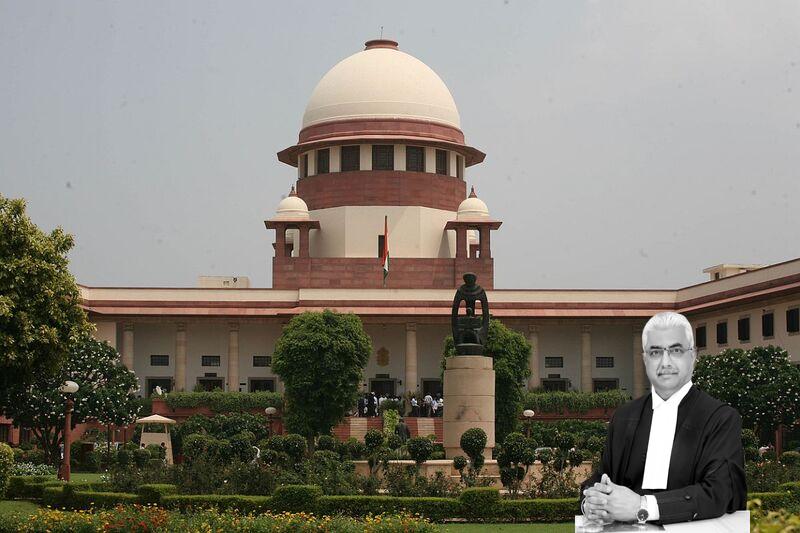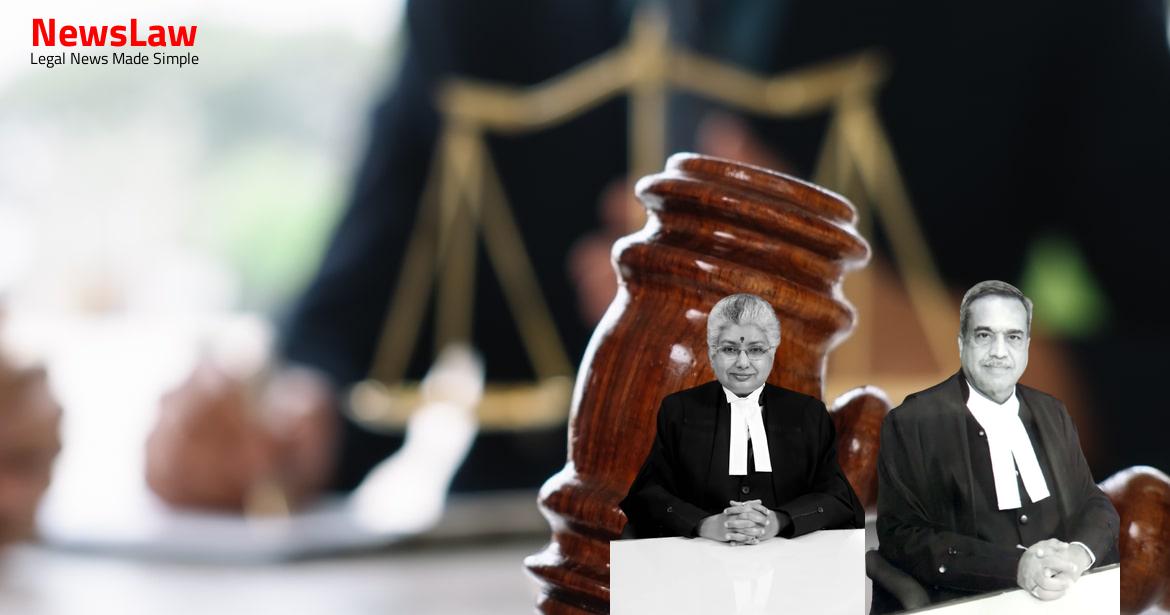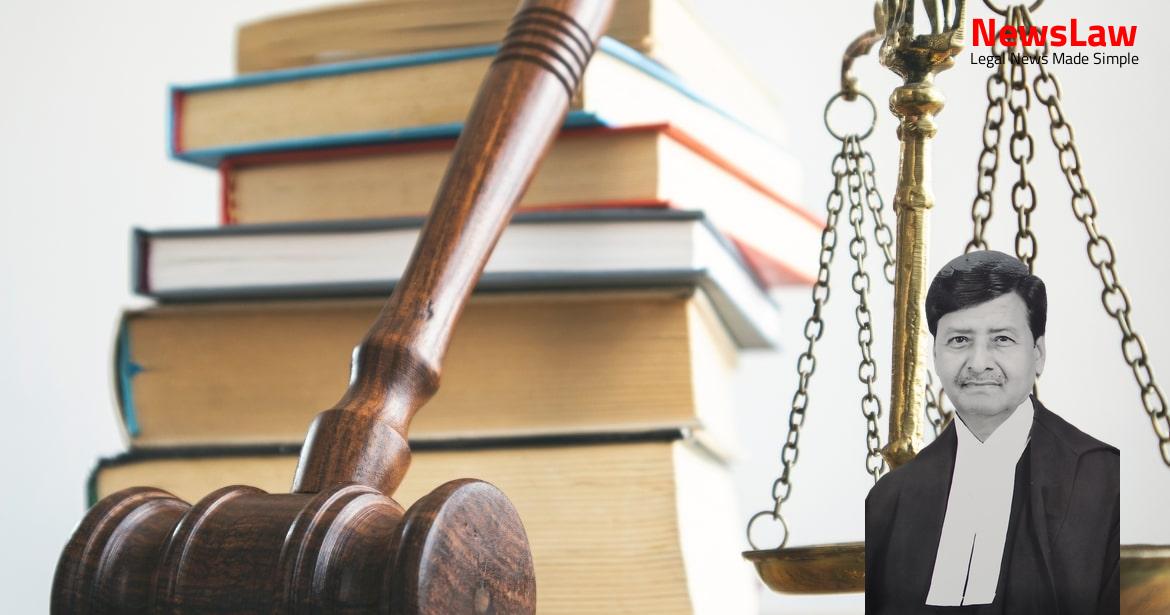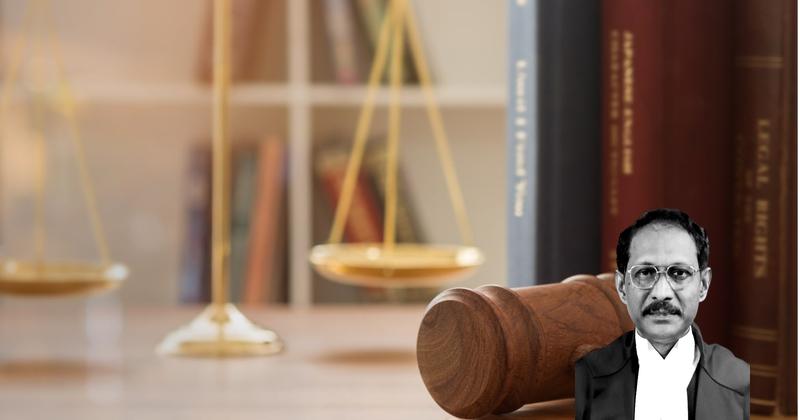The third daughter of the complainant (Shri Chandappa Gooli) named Akkamahadevi was married to second respondent/accused No.1 herein on 16.05.2010. Initially FIR came to be registered in Crime No.143 of 2010 for the offences punishable under Section 323, 498A read with Section 34 of IPC and 504 of IPC and Sections 3 and 4 of the DP Act and on her death on 24.12.2010, Section 304B of IPC was added. The learned Trial 4 Judge had convicted the accused by relying upon the dying declaration (Ex.P.45) and sentenced them to undergo 7 years of simple imprisonment for the offence under Section 304B, five years of simple imprisonment for the offence under Section 3 of Dowry Prohibition Act, one year of simple imprisonment for the offence under Section 498A r/w Section 34 of IPC and one year of simple imprisonment for the offence under Section 4 of Dowry Prohibition Act with fine of Rs. It was also contended that Doctor PW-32 who had certified that deceased was able to speak had not even recorded the blood pressure and pulse rate of the deceased in the case-sheet and the 5 treated doctor PW-31 has also admitted that general condition of the deceased was poor at the time of admission to the hospital itself. Learned advocate appearing for the appellants contends that dying declaration is neither true nor voluntary statement of deceased as she was not physically or mentally fit to make any declaration and undisputedly the parents of the deceased had not supported the case of the prosecution. He would also contend that dying declaration cannot be brushed aside merely because deceased had suffered 70% to 80% burn injuries and this cannot be a ground to set 7 aside the conviction. 9.2 The complainant, PW-24 who is the father of the deceased has not supported the case of the prosecution and he has deposed that accused had looked after the deceased well. The persons who were present during the marriage talks of the deceased and accused No.1 namely PW-7 to PW-9 have also not supported the case of the prosecution.
was not recordable and therefore I have opined that general condition of patient was poor.” 10 Perusal of his cross-examination would indicate that he had treated the deceased for four days and the pulse rate and blood pressure was not recorded on the day of admission and it is kept blank in the case sheet Ex.P-46. Mahalingappa Kori (PW32) who was CMO at Kumareshwar Hospital, Bagalkot during the relevant period when the dying declaration (Ex.P-45) was recorded has deposed that he was working as casualty medical officer at the hospital on 20.12.2010 from 2:00 PM to 8:00 PM. PW25 had also conducted inquest panchnama (Ex.P-1) & recorded the statement of Renavva Chandappa Guli (PW22) and he has identified his signature found on the statement of PW22 (Ex.P40) as Ex.P-40(a). The learned Sessions judge has referred to the judgment of this Court in the case of Salim Gulab Pathan vs State of Maharashtra (2012) 6 SCC 606 whereunder it has been held that dying declaration can be the sole basis of conviction if it inspires full confidence of the court. The physical disability suffered by her on account of the burn injuries 14 sustained would not disentitle her to make statement, if said statement had been made consciously knowing the consequences thereof and such statement or declaration cannot be brushed aside only on the ground of burn injuries (in the instant case 70% to 80%) having been sustained by her. The acceptance of the dying declaration by the court below is just a proper and under similar circumstances, this Court, in the case of Kamlavva And Anr Vs. In para 3 of the said judgment in Laxman case, this Court discussed the juristic theory regarding acceptability of a dying declaration in the following manner: (SCC p. The situation in which a man is on the deathbed is so solemn and serene, is the reason in law to accept the veracity of his statement.” The Constitution Bench in Laxman case also referred to an earlier decision of this Court in Koll Chunilal Savjl v. 480-81, para 18) (i) There is neither rule of law nor of prudence that dying declaration cannot be acted upon without corroboration. But where the eyewitness has said that the deceased was in a fit and conscious state to make this dying declaration, the medical opinion cannot prevail.
In the light of above discussion, we are of the considered view that the dying declaration Ex.P-45 in the instant case which came to be accepted by the courts below cannot be found fault with, particularly, in the backdrop of the evidence tendered by the person who recorded the same as per Ex.P-45 and he having stood to his ground in the cross-examination and having spoken about her mental capability to make such statement and that too consciously. The ingredients to be satisfied for convicting an accused for the offence punishable under Section 304B are: “ (i) The death of a woman should be caused by burns or bodily injury or otherwise than under a normal circumstance. This Court in the case of Bansilal vs State of Haryana (2011) 11 SCC 359 has held that, to attract the provision of Section 304B of the IPC, one of the main ingredients of the offence which is required to be established is that “soon before her death”, she was subjected to cruelty and harassment “in connection with the demand of dowry”.
In actuality, however, it is 20 well-nigh impossible to give a sensible and legally acceptable meaning to these provisions, unless the word “shown” is used as synonymous to “prove” and the word “presume” as freely interchangeable with the word “deemed”. [(1997) 1 SCC 326], requiring the Court to ascertain the purpose behind the statutory fiction brought about by the use of the word “deemed” so as to give full effect to the legislation and carry it to its logical conclusion. In other words, it is for the prosecution to prove that a “dowry death” has occurred, namely, ( i ) that the death of a woman has been caused in abnormal circumstances by her having been burned or having been bodily injured, ( ii ) within seven years of her marriage, ( iii ) and that she was subjected to cruelty or harassment by her husband or any relative of her husband, ( iv ) in connection with any demand for dowry, and ( v ) that the cruelty or harassment meted out to her continued to have a causal connection or a live link with the demand of dowry. The purpose of Section 113-B of the Evidence Act and Section 304-B IPC, in our opinion, is to counter what is commonly encountered—the lack or the absence of evidence in the case of suicide or death of a woman within seven years of marriage. This Court having arrived at a conclusion that the dying declaration made by the deceased as per Ex.P-45 being genuine and when said declaration is perused it would not suggest that there was any proximate nexus to the act of committing suicide on account of preceding demand for dowry or in other words the demand of dowry on any particular date having triggered the deceased to commit the suicide or forced her to self- immolate. Clause (b) of Section 498A would indicate that cruelty would encompass harassment of a married woman where such harassment is with a view to pressurize her or any person related to her to meet any unlawful demand for any property or valuable security on account of failure by her or any person related to her to meet such demand. Whereas Section 498A has a wider spectrum and it covers all cases in which the wife is subjected to cruelty by her husband or relative of the husband which may result in death by way of suicide or cause grave injury or danger to life, limb or health (whether mental or physical) or even harassment caused with a view to coerce the woman or any person related to her to meet any unlawful demand of property 24 or valuable security. This section lays down that if the husband or his relative subjects a woman to cruelty, then he/she is liable to be punished with imprisonment for a term which may extend to three years and shall also be liable to fine.
Sub-section (1) of Section 304-B IPC lays down that where the death of a woman is caused by any burns or bodily injury or occurs otherwise than under normal circumstances within seven years of her marriage and it is shown that soon before her death she was subjected to cruelty or harassment by her husband or any relative of her husband for, or in connection with, any demand for dowry, such death shall be called “dowry death”, and such husband or relative shall be deemed to have caused her death. Irrespective of the fact that accused have been acquitted for the offence punishable under Section 304B, Section 498A would cover the cases in which the wife is subjected to cruelty by husband or relatives of the husband which may result in death by way of suicide or cause grave injury or danger to life, limb or health (whether mental or physical). (2004) 5 SCC 334 where a charge for the offence under Section 306 had not been framed against the 27 accused though accused had faced trial in respect of the charges under Section 302, 498A and 304B IPC as has happened in the instant case where the accused have been tried for the offences punishable under Section 498A, 304B IPC and Section 3 and 4 of DP Act and this Court had answered in the affirmative in Dalbir Singh’s case by arriving at the following conclusion: “17. We are, therefore, of the opinion that Sangaraboina Sreenu [(1997) 5 SCC 348 : 1997 SCC (Cri) 690] was not correctly decided as it purports to lay down as a principle of law that where the accused is charged under Section 302 IPC, he cannot be convicted for the offence under Section 306 IPC. These features of the prosecution case were sought to be established by the prosecution in order to substantiate the charge under Section 498-A IPC and also for showing that the accused had a motive to commit the crime of murder for which he was actually charged. His statement runs into six pages where every aspect of the prosecution case referred to above was put to him. In Dinesh Seth’s case (supra) it has been held that in certain situations, an accused can be convicted for an offence with which he may not have been specifically charged and an error, omission or irregularity in framing of charge is, by itself not sufficient for upsetting the conviction.
Section 222(2) lays down that when a person is charged with an offence but the facts proved constitute a minor offence then he can be convicted of the minor offence despite the fact that he may not have been charged with that offence. Sub-section (2) of Section 464 specifies the modes which can be adopted by the court of appeal, confirmation or revision, if such court is of the opinion that a failure of justice has been occasioned on account of non-framing of charge or any error, omission or irregularity in the framing of charge.” 24. To attract the ingredients of abetment, the intention of the accused to aid or instigate or abet the deceased to commit suicide would be necessary. The accused being the husband, father-in-law & mother-in-law are said to have harassed the deceased, subjected her to cruelty and the deceased has in clear terms stated in her dying declaration that she could not tolerate the same. In the charge framed under Section 304B of IPC, it has been clearly mentioned that the accused has subjected the deceased to such cruelty and harassment as to drive her to commit suicide by self-immolation and as such non-framing of the specific charge would not be fatal in the instant case as no injustice is being caused to the accused. Yadla Srinivasa Rao and others (2003) 1 SCC 217 has held that mere omission or defect in framing of charge would not be fatal if from the statement of charge under Section 304B and in the alternative Section 498A, it is clear that 34 all facts and ingredients for framing of charge under Section 306 existed in the case, same would suffice. (2) If in such a case the accused is charged with one offence, and it appears in evidence that he committed a different offence for which he might have been charged under the provisions of sub-section (1), he may be convicted of the offence which he is shown to have committed, although he was not charged with it.” 35 23.



